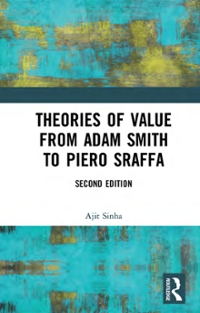Suppose Bolivia is open to free trade in the world market for wheat. Because of Bolivia's small size, the demand for and supply of wheat in Bolivia do not affect the world price. The following graph shows the domestic wheat market in Bolivia. The world price of wheat is Pw = $250 per ton. On the following graph, use the green triangle (triangle symbols) to shade the area representing consumer surplus (CS) when the economy is at the free-trade equilibrium. Then, use the purple triangle (diamond symbols) to shade the area representing producer surplus (PS). 490 Domestic Demand Domestic Supply 460 CS 430 400 370 PS 340 PRICE (Dollars per ton) 310 280 250 220 190 0 20 40 60 80 100 120 140 160 180 200 QUANTITY (Tons of wheat) If Bolivia allows international trade in the market for wheat, it will import tons of wheat. Now suppose the Bolivian government decides to impose a tariff of $60 on each imported ton of wheat. After the tariff, the price Bolivian consumers pay for a ton of wheat is $ , and Bolivia will import tons of wheat.Show the effects of the $60 tariff on the following graph. Use the black line (plus symbol) to indicate the world price plus the tariff. Then, use the green points (triangle symbols) to show the consumer surplus with the tariff and the purple triangle (diamond symbols) to show the producer surplus with the tariff. Lastly, use the orange quadrilateral (square symbols) to shade the area representing government revenue received from the tariff and the tan points (rectangle symbols) to shade the areas representing deadweight loss (DWL) caused by the tariff. 490 Domestic Demand Domestic Supply 460 World Price Plus Tariff 430 400 370 CS 340 PRICE (Dollars per ton) 310 PS 280 PW 250 Government Revenue 220 190 20 40 60 80 100 120 140 160 180 200 DWL QUANTITY (Tons of wheat)Complete the following table to summarize your results from the previous two graphs. Under Free Trade Under a Tariff (Dollars) (Dollars) Consumer Surplus Producer Surplus Government Revenue Based on your analysis, as a result of the tariff, Bolivia's consumer surplus by $ . producer surplus by $ , and the government collects $ in revenue. Therefore, the net welfare effect is a ofComplete the following table to summarize your results from the previous two graphs. Under Free Trade Under a Tariff (Dollars) (Dollars) Consumer Surplus Producer Surplus decreases Government Revenue 0 increases Based on your analysis, as a result of the tariff, Bolivia's consumer surplus by $ producer surplus by $ , and the government collects $ in revenue. Therefore, the net welfare effect is a of $Complete the following table to summarize your results from the previous two graphs. Under Free Trade Under a Tariff (Dollars) (Dollars) Consumer Surplus Producer Surplus decreases hit Revenue 0 increases analysis, as a result of the tariff, Bolivia's consumer surplus by $ . producer surplus by | $ , and the government collects $ in revenue. Therefore, the net welfare effect is a ofComplete the following table to summarize your results from the previous two graphs. Under Free Trade Under a Tariff (Dollars) (Dollars) Consumer Surplus Producer Surplus Government Revenue 0 gain loss Based on your analysis, as a result of the tariff, Bolivia's consumer surplus by producer surplus by $ and the government collects $ in revenue. Therefore, the net welfare effect is a of $












